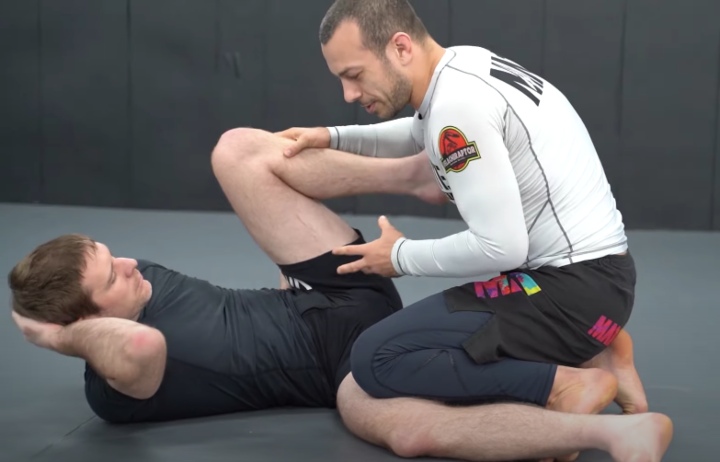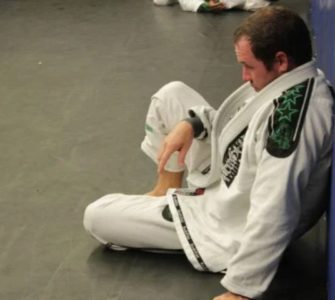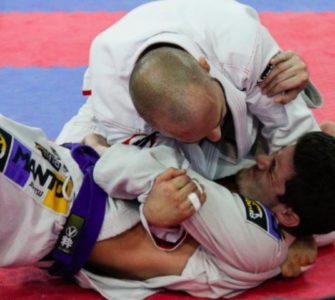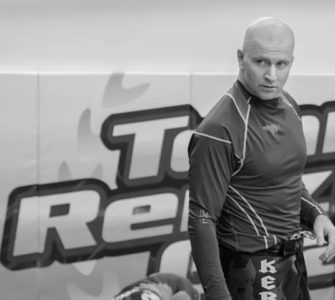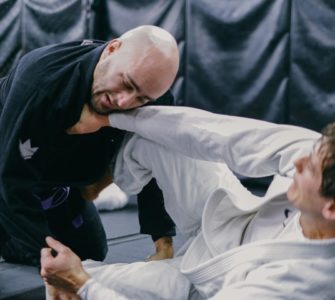If you’re looking to learn more BJJ techniques, then one of the most important ways of acquiring these moves is through drilling and practicing them. However, not all practice is made equal. There’s a significant contrast between two important forms of technique acquisition; through sequences and through different positional options.
Lachlan Giles explains these two practice approaches, and when to use one or the other.
SEQUENCES
What are sequences, what sort of a technique practice approach is this? Well, it is perhaps the one most familiar to you; it is arguably the practice form used most frequently in BJJ academies worldwide.
Simply enough, it’s when your coach tells you that you need to start from point A and get to point B – in a specified and concrete sequence of moves. Lachlan demonstrates this by starting from within his training partner’s Closed Guard; he opens it, passes, takes the Mount and then finishes with an Armbar. That’s how he does it, and he’ll repeat it a number of times.
In effect, Lachlan explains that this sort of a practice is a great one for beginners. The reason behind this is because the beginners need to come to an understanding of what the purpose of each main position and situation is.
That is to say, you can’t just take a brand new white belt, put him/her in a random position/situation and expect them to figure out how to either get to a submission or escape from there. This would be impossible for them! And the reason for this is that they simply don’t have enough experience to make sense out of what’s going on and of what they’re supposed to do.
So, practicing techniques in sequences, Lachlan explains, is fantastic for beginners because it will give them an insightful overview of the techniques and moves of Brazilian Jiu Jitsu. It will help them reach an easier understanding of what they’re expected to do when – either during a training roll or during a match – they find themselves in the ever changing difficulties of grappling.
POSITIONAL PRACTICE
Now, you probably already know what positional practice is. But the problem is, just as likely, that you don’t engage in nearly as much of it as you should.
Just to make sure that you know what it’s about; as Lachlan explains, it is when you start from a certain position – and then you can choose what your next moves will be. So, you could start from, let’s say, bottom Half Guard; and then you could choose what you want to do next. You can try and get to the back, transition to Deep Half Guard, attempt a submission… The world is your oyster!
The beauty of this sort of an approach, Lachlan points out, is that it forces you to think. That is, with the sequential modality, it’s quite possible to – after you’ve gone through the given sequence a couple of times – turn your brain off and become lazy about it. The positional one, however, requires you to think about the position you’re in; to figure out what you want to achieve from it, how you’ll achieve it and what to do if your next step fails.
This is especially true if your training partner gives you (a bit of) resistance.
Because of that, Lachlan says that positional practice is fantastic for everyone at an intermediate or advanced level. As soon as you figure out, through the help of sequences, what you’re supposed to do and when – the majority of your time practicing should be taken by positional training.
Watch Lachlan explain on the video below:
Lachlan Giles and Ariel Tabak show you a total technical gameplan for keeping your guard against any over or around-style of pass.
- Defend torreandos, stack passes, leg drags, and more with tips on how to keep the guard, improve position, and get back on attack.
- ADCC Absolute medalist Lachlan Giles teams up with his guard retention specialist and black belt Ariel Tabak for this 8-part instructional release.

